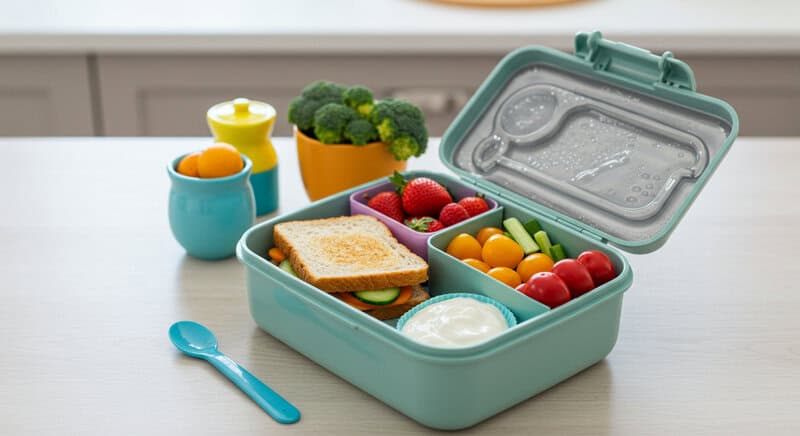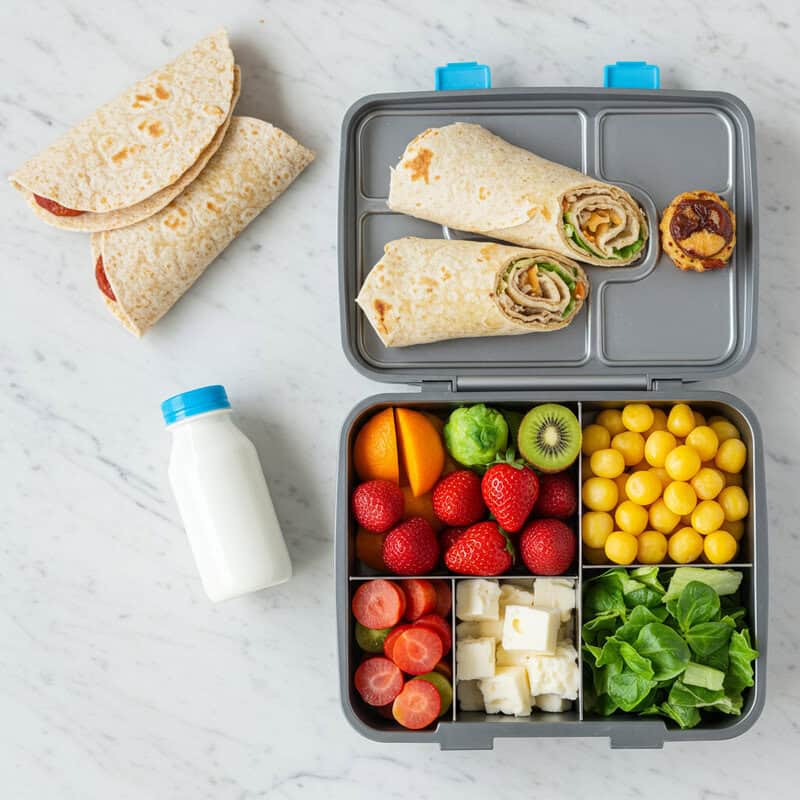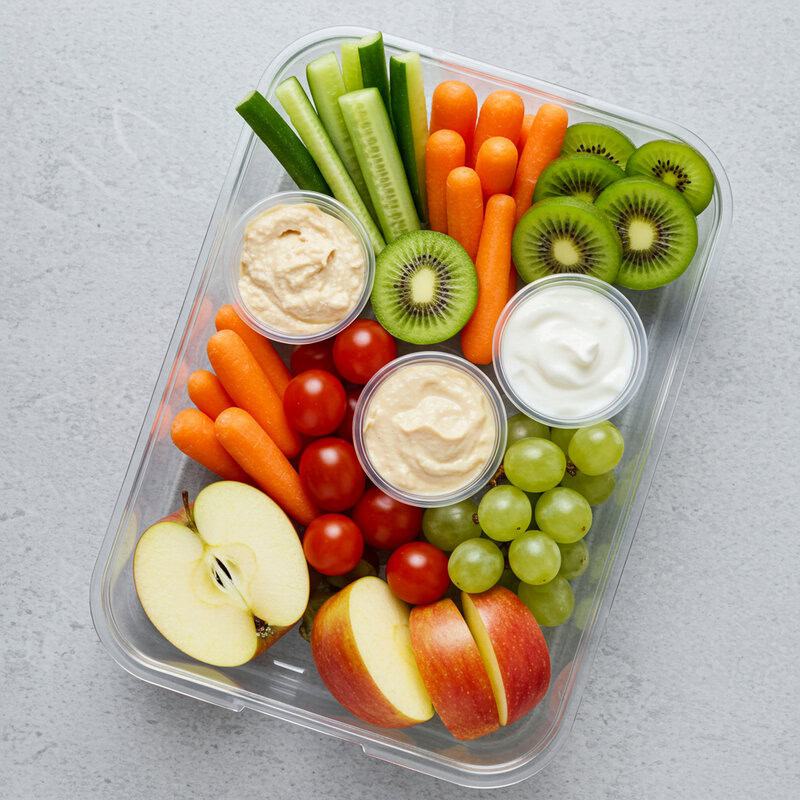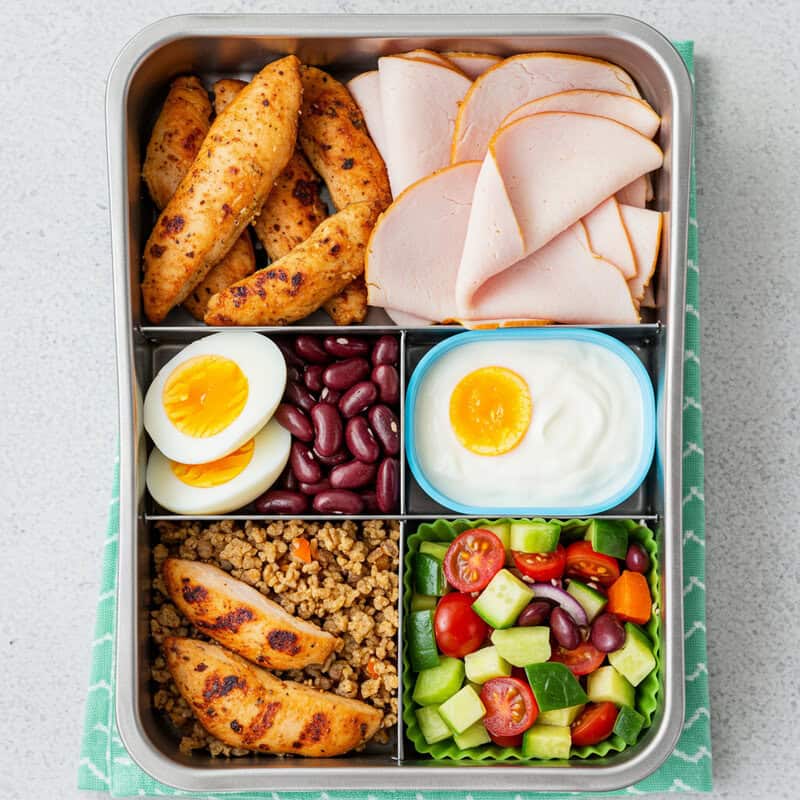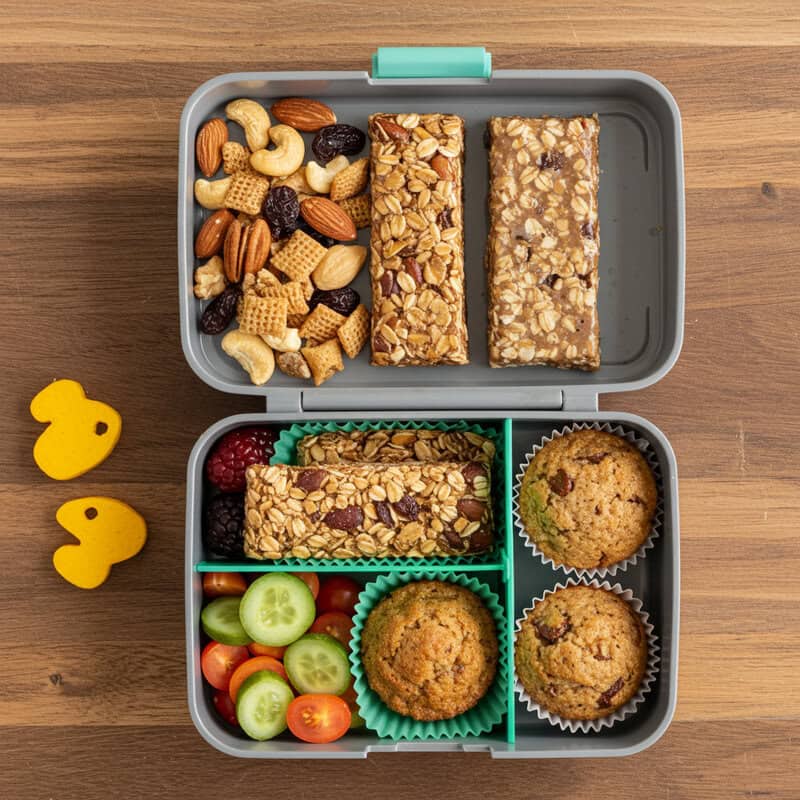Ensuring your child has a nutritious lunch at school isn’t just about satisfying their hunger—it’s about fueling their growth, concentration, and overall health. A wholesome lunchbox can boost energy, support learning, and foster lifelong healthy eating habits. But what exactly should you pack?
In this guide, you’ll discover practical tips, balanced meal ideas, and expert-backed strategies for assembling delicious, kid-friendly lunches. Whether you’re seeking variety or dealing with picky eaters, you’ll find actionable advice to make lunchtime both healthy and enjoyable.

